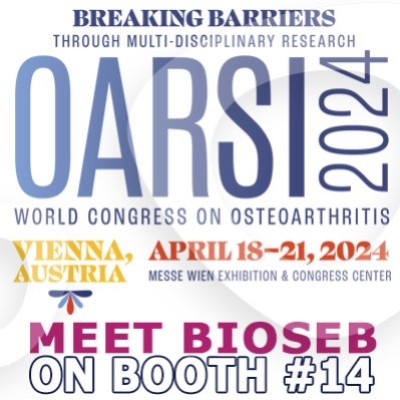Authors
Murakami T, Ishida T, Tanaka S, Nakayama J, Tsurugizawa T, Takahashi Y, Kato F, Kawamata M.
Lab
Shinshu University School of Medicine, Matsumoto, Nagano, Japan
Journal
Life Sciences
Abstract
Aims: This study aimed to determine whether pathological changes in the bone marrow cause Osteoarthritis (OA) pain based on magnetic resonance imaging (MRI), immunohistochemistry, and electrophysiology. Main methods: Adjuvant-induced arthritis (AIA) was achieved by injecting 150 μL of complete Freund's adjuvant into the right knee joints of male Sprague-Dawley rats. AIA rats were compared with saline-injected rats. Key findings: AIA significantly induced mechanical hyperalgesia and spontaneous pain in the right hind paw 1-14 days after induction. Intratibial injection of 50 μL of 1 % lidocaine significantly suppressed AIA-induced mechanical hyperalgesia (p = 0.0001) and spontaneous pain (p = 0.0006) 3 days after induction. In T2-weighted MRI, AIA induced high-signal intensity within the proximal tibial metaphysis, and the mean T2 values in this area significantly increased on days 3 (p = 0.0043) and 14 (p = 0.0012) after induction. AIA induced intraosseous edema and significantly increased the number of intraosseous granulocytes on days 3 (p < 0.0001) and 14 (p < 0.0001) after induction. The electrophysiological study on days 3-7 after induction showed significantly increased spontaneous firing rates (p = 0.0166) and evoked responses to cutaneous stimuli (brush, p < 0.0001; pinching, p = 0.0359) in the right hind paw plantar surface and intratibial stimuli (p = 0.0002) in wide-dynamic-range neurons of the spinal dorsal horn. Significance: Intraosseous changes caused by OA induce hypersensitivity in the sensory afferents innervating bone marrow may be involved in OA pain. Novel bone marrow-targeted therapies could be beneficial for treating OA pain.

 Pain - Thermal Allodynia / Hyperalgesia
Pain - Thermal Allodynia / Hyperalgesia Pain - Spontaneous Pain - Postural Deficit
Pain - Spontaneous Pain - Postural Deficit Pain - Mechanical Allodynia / Hyperalgesia
Pain - Mechanical Allodynia / Hyperalgesia Learning/Memory - Attention - Addiction
Learning/Memory - Attention - Addiction Physiology & Respiratory Research
Physiology & Respiratory Research
 Pain
Pain Metabolism
Metabolism Motor control
Motor control Neurodegeneration
Neurodegeneration Cross-disciplinary subjects
Cross-disciplinary subjects Muscular system
Muscular system General activity
General activity Mood Disorders
Mood Disorders Other disorders
Other disorders Joints
Joints Central Nervous System (CNS)
Central Nervous System (CNS) Sensory system
Sensory system Bioseb on booth #14 at OARSI 2024 in Vienna
Bioseb on booth #14 at OARSI 2024 in Vienna